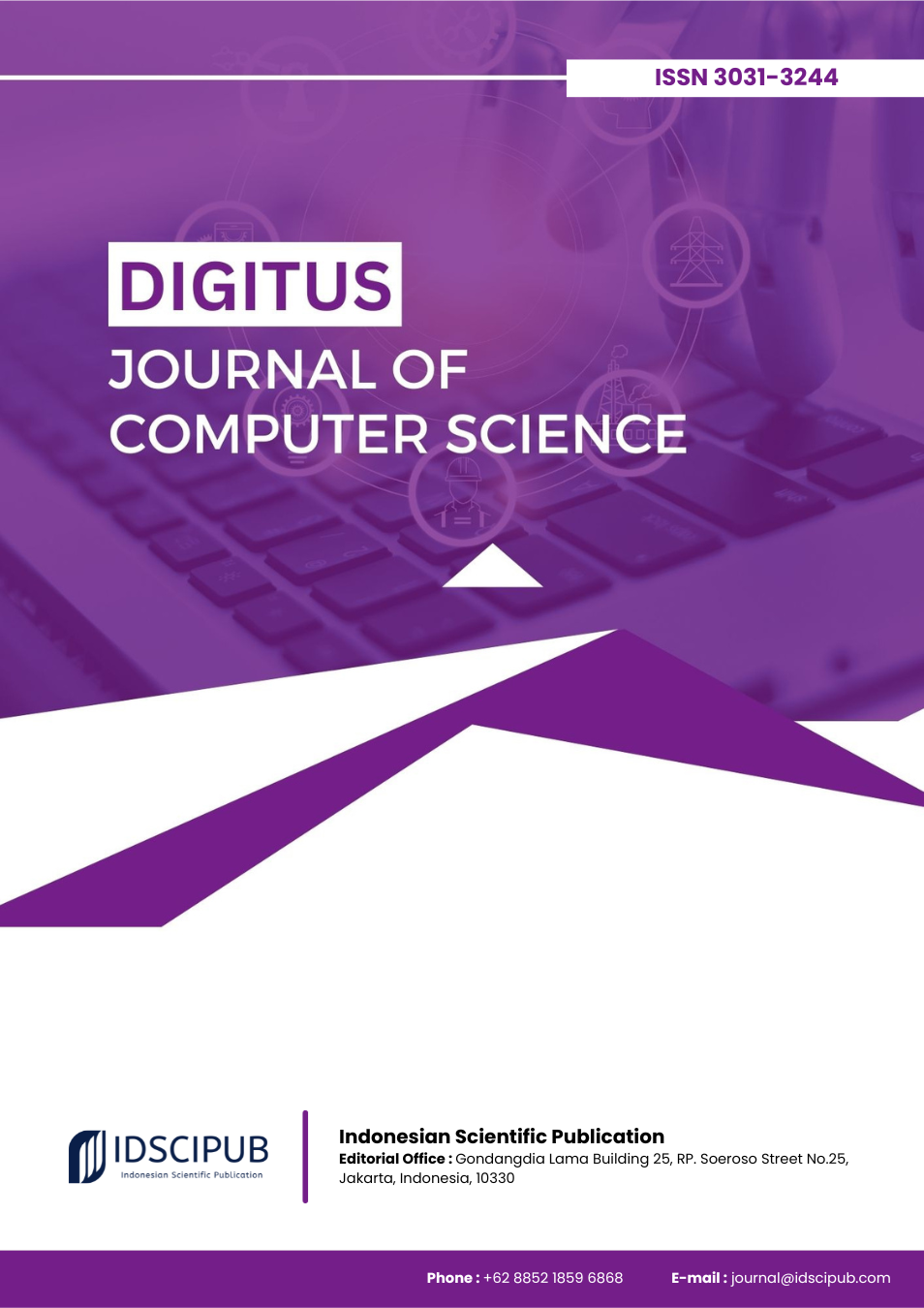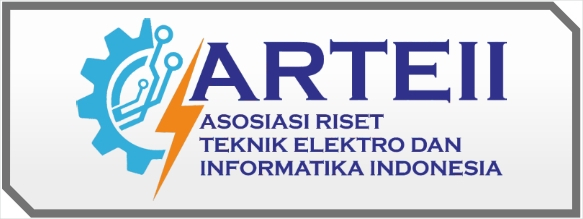Personalized Causal Targeting in E-commerce: An Uplift Modeling Approach for Campaign Optimization
DOI:
https://doi.org/10.61978/digitus.v2i1.1090Keywords:
Uplift Modeling, Causal Inference, E-Commerce Marketing, Campaign Optimization, Customer Segmentation, Marketing Analytics, PersonalizationAbstract
Evaluations of e-commerce marketing campaigns frequently depend on summary metrics like conversion and click-through rates, which fail to reveal the true causal effect of promotional activities. This study employs uplift modeling to estimate the individual-level causal impact of marketing interventions, clarifying where such approaches outperform traditional metrics, using both a simulated internal dataset and the Dunnhumby Complete Journey data. The objective is to identify which customer segments are causally influenced by marketing actions and to inform more precise targeting strategies. We implemented logistic regression, T Learner, and Causal Forest models to estimate individual treatment effects. Derived features include behavioral (recency, frequency, engagement), transactional (AOV, loyalty tier), and campaign based variables (channel, timing, offer type). Evaluation metrics include Uplift AUC, Qini Curve, and Precision@10%. Ethical safeguards such as pseudonymization and fairness audits were integrated throughout. Results show that Causal Forest significantly outperforms baseline models, achieving the highest uplift AUC and Precision@10%. Key drivers of uplift include campaign channel, customer recency, and loyalty tier. Segment analyses reveal that marketing effectiveness varies by lifecycle stage, device type, and region. Moreover, integrating uplift insights into real time marketing automation systems enables dynamic optimization of campaigns. In conclusion, uplift modeling offers a more robust framework for understanding and maximizing the causal impact of marketing strategies. It improves resource allocation, enhances personalization, and ensures marketing efforts are both effective and ethically responsible.
References
BAMIDELE, T., & Mgbaja, U. (2024). Enhancing Targeted Marketing Strategies: Interpretable Uplift Modeling to Identify Key Client Segments. https://doi.org/10.21203/rs.3.rs-4006839/v1 DOI: https://doi.org/10.21203/rs.3.rs-4006839/v1
Bareinboim, E., & Pearl, J. (2016). Causal Inference and the Data-Fusion Problem. Proceedings of the National Academy of Sciences, 113(27), 7345–7352. https://doi.org/10.1073/pnas.1510507113 DOI: https://doi.org/10.1073/pnas.1510507113
Blakely, T., Lynch, J., Simons, K., Bentley, R., & Rose, S. (2019). Reflection on Modern Methods: When Worlds Collide—Prediction, Machine Learning and Causal Inference. International Journal of Epidemiology, 49(6), 2058–2064. https://doi.org/10.1093/ije/dyz132 DOI: https://doi.org/10.1093/ije/dyz132
Chen, X., Liu, Z., Yu, L., Yao, L., Zhang, W., Dong, Y., Gu, L., Zeng, X., Tan, Y., & Gu, J. (2022). Imbalance-Aware Uplift Modeling for Observational Data. Proceedings of the Aaai Conference on Artificial Intelligence, 36(6), 6313–6321. https://doi.org/10.1609/aaai.v36i6.20581 DOI: https://doi.org/10.1609/aaai.v36i6.20581
Devriendt, F., Moldovan, D., & Verbeke, W. (2018). A Literature Survey and Experimental Evaluation of the State-of-the-Art in Uplift Modeling: A Stepping Stone Toward the Development of Prescriptive Analytics. Big Data, 6(1), 13–41. https://doi.org/10.1089/big.2017.0104 DOI: https://doi.org/10.1089/big.2017.0104
Gubela, R. M., Lessmann, S., & Jaroszewicz, S. (2020). Response Transformation and Profit Decomposition for Revenue Uplift Modeling. European Journal of Operational Research, 283(2), 647–661. https://doi.org/10.1016/j.ejor.2019.11.030 DOI: https://doi.org/10.1016/j.ejor.2019.11.030
Guo, P., Yang, T., & Ji, W. (2025). Linking Cenozoic Magmatism in the North‐Central Tibetan Plateau With Plateau Growth. Geochemistry Geophysics Geosystems, 26(4). https://doi.org/10.1029/2024gc011898 DOI: https://doi.org/10.1029/2024GC011898
Hansford, H. J., Cashin, A. G., Jones, M. D., Swanson, S. A., Islam, N., Douglas, S. R. G., Rizzo, R. R. N., Devonshire, J. J., Williams, S. A., Dahabreh, I. J., Dickerman, B. A., Egger, M., García‐Albéniz, X., Golub, R., Lodi, S., Moreno‐Betancur, M., Pearson, S., Schneeweiß, S., Sterne, J. A. C., … McAuley, J. H. (2023). Reporting of Observational Studies Explicitly Aiming to Emulate Randomized Trials. Jama Network Open, 6(9), e2336023. https://doi.org/10.1001/jamanetworkopen.2023.36023 DOI: https://doi.org/10.1001/jamanetworkopen.2023.36023
Hu, S. (2024). The Psychological Impact of Social Media on Gen Z. Hc, 1(5). https://doi.org/10.61173/4aqek196 DOI: https://doi.org/10.61173/4aqek196
Klintwall, L., Bellander, M., & Cervin, M. (2021). Perceived Causal Problem Networks: Reliability, Central Problems, and Clinical Utility for Depression. Assessment, 30(1), 73–83. https://doi.org/10.1177/10731911211039281 DOI: https://doi.org/10.1177/10731911211039281
Langen, H., & Huber, M. (2023). How Causal Machine Learning Can Leverage Marketing Strategies: Assessing and Improving the Performance of a Coupon Campaign. Plos One, 18(1), e0278937. https://doi.org/10.1371/journal.pone.0278937 DOI: https://doi.org/10.1371/journal.pone.0278937
Lüdtke, O., & Robitzsch, A. (2021). A Critique of the Random Intercept Cross-Lagged Panel Model. https://doi.org/10.31234/osf.io/6f85c DOI: https://doi.org/10.31234/osf.io/6f85c
Niu, S., Wang, X., Zhao, N., Liu, G., Kan, Y., Dong, Y., Cui, E.-N., Luo, Y., Yu, T., & Jiang, X. (2021). Radiomic Evaluations of the Diagnostic Performance of DM, DBT, DCE MRI, DWI, and Their Combination for the Diagnosisof Breast Cancer. Frontiers in Oncology, 11. https://doi.org/10.3389/fonc.2021.725922 DOI: https://doi.org/10.3389/fonc.2021.725922
Özpolat, E., Yıldırım, C., Görüm, T., & Sarıkaya, M. A. (2025). Drainage Divide Migration on Asymmetrically Uplifted Horsts, Western Türkiye. Tectonics, 44(2). https://doi.org/10.1029/2024tc008519 DOI: https://doi.org/10.1029/2024TC008519
Quye‐Sawyer, J., Whittaker, A. C., Roberts, G. G., & Rood, D. H. (2021). Fault Throw and Regional Uplift Histories From Drainage Analysis: Evolution of Southern Italy. Tectonics, 40(4). https://doi.org/10.1029/2020tc006076 DOI: https://doi.org/10.1029/2020TC006076
Racano, S., Jara‐Muñoz, J., Cosentino, D., & Melnick, D. (2020). Variable Quaternary Uplift Along the Southern Margin of the Central Anatolian Plateau Inferred From Modeling Marine Terrace Sequences. Tectonics, 39(12). https://doi.org/10.1029/2019tc005921 DOI: https://doi.org/10.1029/2019TC005921
Rafla, M., Voisine, N., & Crémilleux, B. (2022). Evaluation Of Uplift Models With Non-Random Assignment Bias. 251–263. https://doi.org/10.1007/978-3-031-01333-1_20 DOI: https://doi.org/10.1007/978-3-031-01333-1_20
Rößler, J., Tilly, R., & Schoder, D. (2021). To Treat, or Not to Treat: Reducing Volatility in Uplift Modeling Through Weighted Ensembles. https://doi.org/10.24251/hicss.2021.193 DOI: https://doi.org/10.24251/HICSS.2021.193
Rudaś, K., & Jaroszewicz, S. (2018). Linear Regression for Uplift Modeling. Data Mining and Knowledge Discovery, 32(5), 1275–1305. https://doi.org/10.1007/s10618-018-0576-8 DOI: https://doi.org/10.1007/s10618-018-0576-8
Sengupta, N. K., Reimer, N. K., Sibley, C. G., & Barlow, F. K. (2023). Does Intergroup Contact Foster Solidarity With the Disadvantaged? A Longitudinal Analysis Across 7 Years. American Psychologist, 78(6), 750–760. https://doi.org/10.1037/amp0001079 DOI: https://doi.org/10.1037/amp0001079
Shimoni, Y., Karavani, E., Ravid, S., Bak, P. M., Ng, T. H., Alford, S. H., Meade, D., & Goldschmidt, Y. (2019). An Evaluation Toolkit to Guide Model Selection and Cohort Definition in Causal Inference. https://doi.org/10.48550/arxiv.1906.00442
Sun, Z., Han, Q., Zhu, M., Gong, H., Liu, D., & Ma, C. (2025). Robust Uplift Modeling With Large-Scale Contexts for Real-Time Marketing. 1325–1336. https://doi.org/10.1145/3690624.3709293 DOI: https://doi.org/10.1145/3690624.3709293
Venkatasubramaniam, A., Mateen, B. A., Shields, B. M., Hattersley, A. T., Jones, A. G., Vollmer, S. J., & Dennis, J. (2022). Comparison of Causal Forest and Regression-Based Approaches to Evaluate Treatment Effect Heterogeneity: An Application for Type 2 Diabetes Precision Medicine. https://doi.org/10.1101/2022.11.07.22282023 DOI: https://doi.org/10.1101/2022.11.07.22282023
Wager, S., & Athey, S. (2018). Estimation and Inference of Heterogeneous Treatment Effects Using Random Forests. Journal of the American Statistical Association, 113(523), 1228–1242. https://doi.org/10.1080/01621459.2017.1319839 DOI: https://doi.org/10.1080/01621459.2017.1319839
Wang, L., & Michoel, T. (2017). Whole-Transcriptome Causal Network Inference With Genomic and Transcriptomic Data. https://doi.org/10.1101/213371 DOI: https://doi.org/10.1101/213371
Wang, Y., Goren, L., Zheng, D., & Zhang, H. (2021). Short Communication: Forward and Inverse Models Relating River Long Profile to Monotonic Step-Changes in Tectonic Rock Uplift Rate History: A Theoretical Perspective Under a Nonlinear Slope-Erosion Dependency. https://doi.org/10.5194/esurf-2021-101 DOI: https://doi.org/10.1002/essoar.10509168.1





